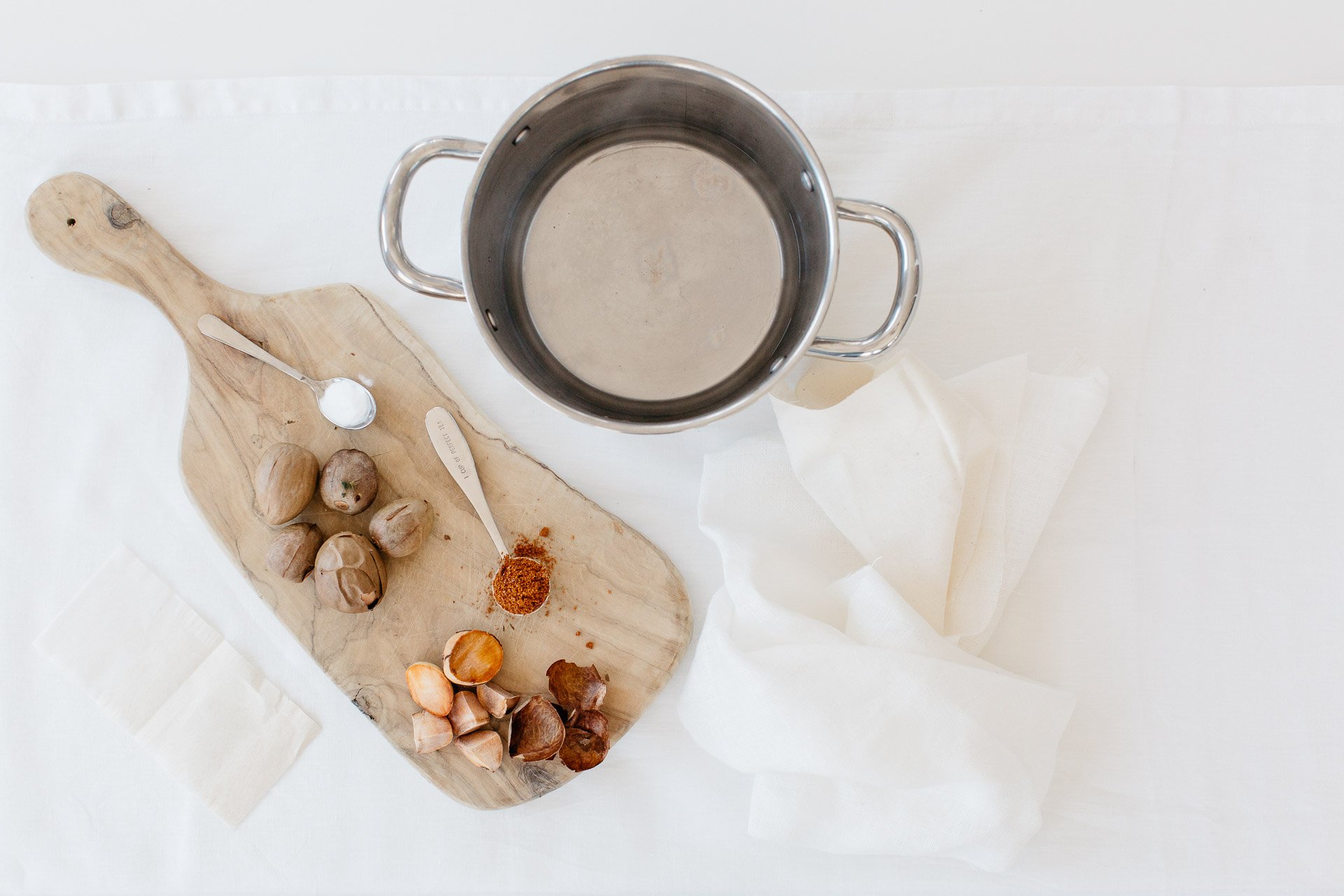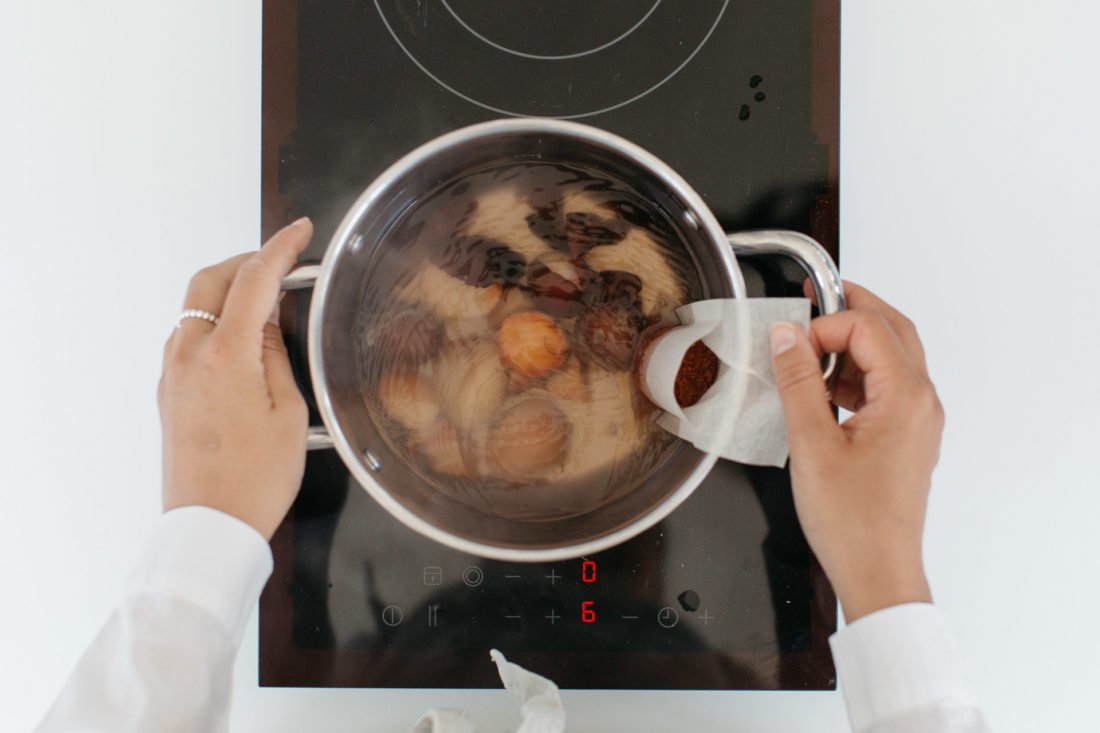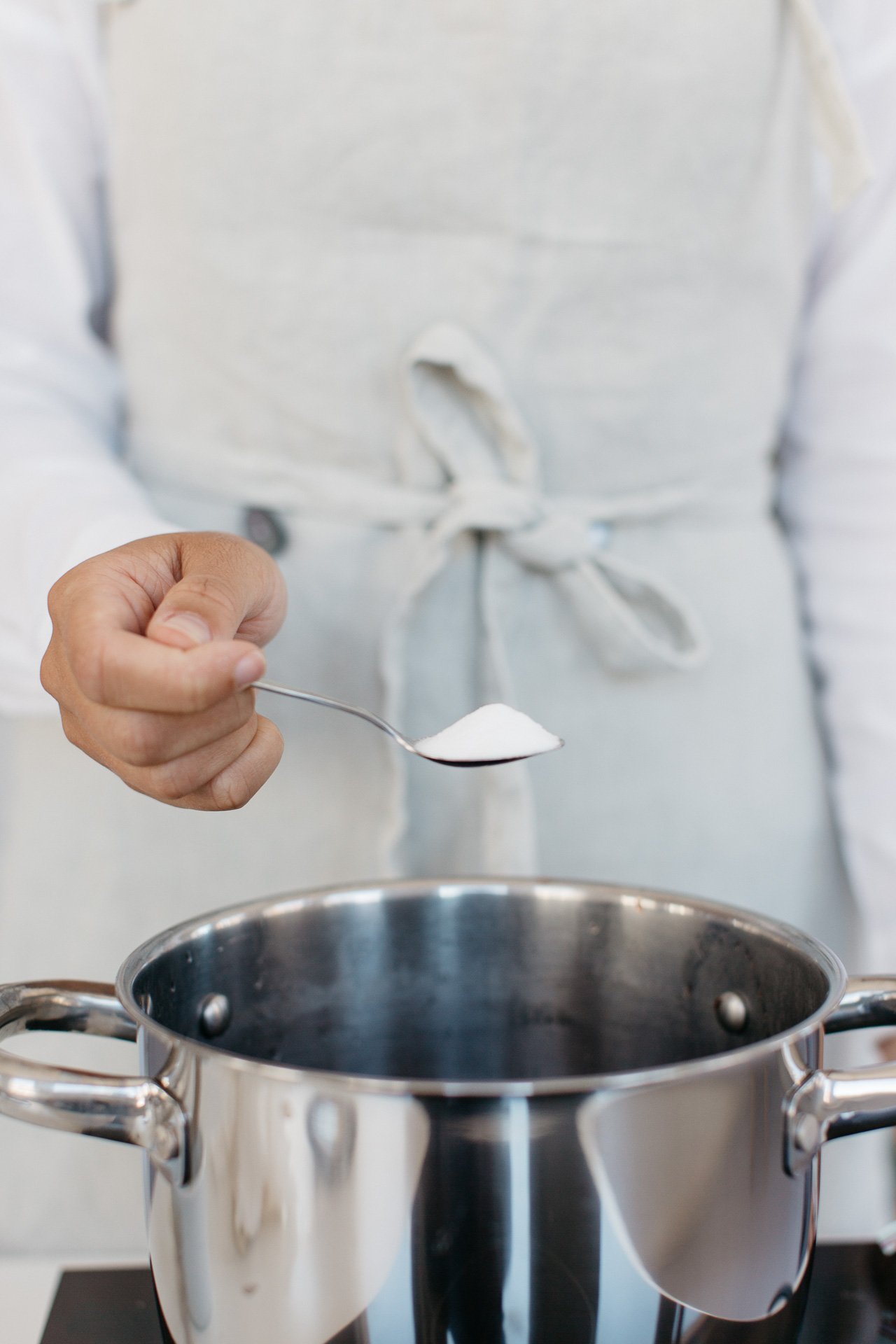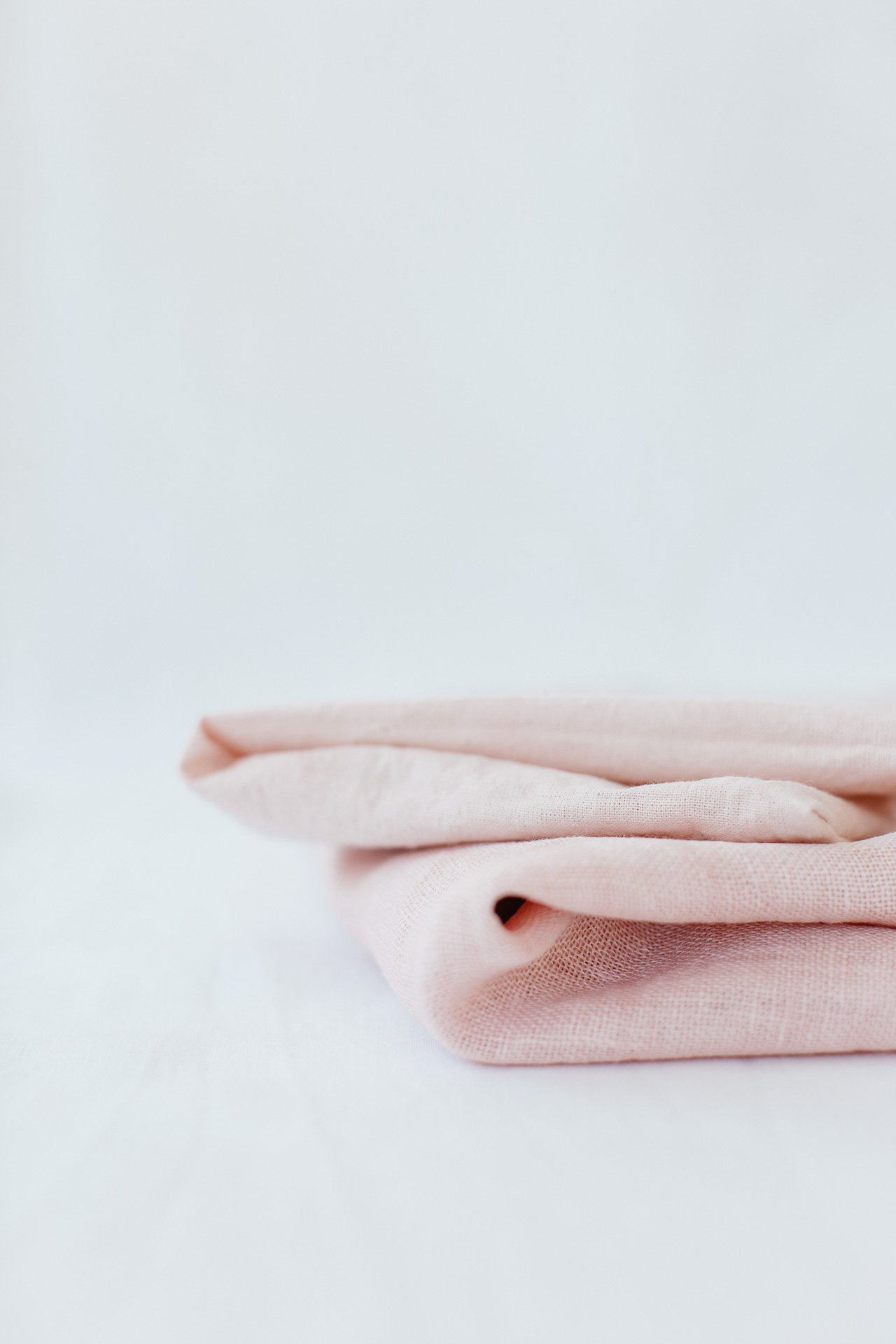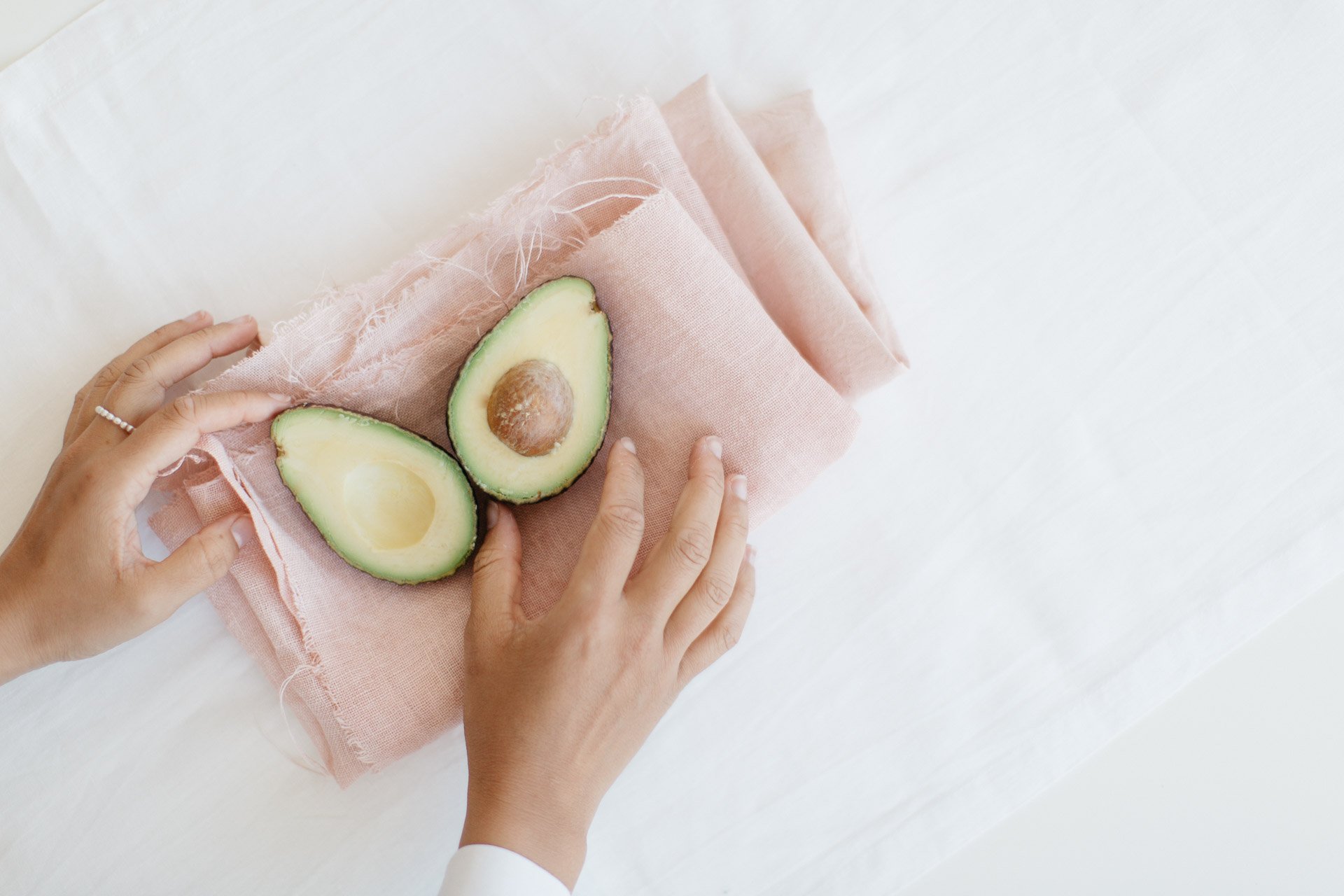HOW TO DYE FABRIC USING AVOCADO STONES
Oh how I’ve missed blogging just to blog and making things just for the sake of making. All of those years ago when I started this blog, that’s exactly what it was – just a collection of things I was trying out and wanted to share. Although I am so grateful for the career path this platform has created for me, I also sometimes long for the days where I carved out time to just play around with something and chat through the process.
And so with that in mind, today, we’re taking things back and playing around with a gorgeous pink natural dye from…blended avocado stones! I love the idea of using something like avocado stones that would typically go to waste to dye all sorts of things. You could dye old white cotton t-shirts, canvas tote bags, white slightly stained napkins or even just play around with any fabric scraps.
I love that I didn’t have to buy anything new for this DIY. I had absolutely everything in the cupboard already.
Here’s what you’ll need to naturally dye fabric using avocado stones:
2 handfuls of dried avocado stones (if you wish to dye a lot of fabric, collect more. We used about 15)
Natural fabric (we used scraps of 100% cotton)
Blender
750ml water
Saucepan
1 empty tea bag typically used for tea leaves
5g bicarbonate of soda (this is your mordant which will fix the colour in the material)
Tongs
Step 1: Chop up and blend 2/3 of your avocado stones until you get a fine powder.
Step 2: Prepare your fabric to dye by rinsing it thoroughly in cold water.
Step 3: Bring 750ml of water to a boil in a saucepan.
Step 4: Fill up a tea bag sachet with the avocado powder.
Step 5: Place the remaining whole avocado stones and tea bag sachet in the saucepan.
Step 6: Leave to simmer for 1 hour, take off the heat and remove the stones and the teabag.
Step 7: Add in 5 g of bicarbonate of soda, stir. This is your mordant to help fix the dye. There are lots of different mordant options.
Step 8: Place the fabric in the dye, using tongs to move it around occasionally for an evenly coloured fabric.
Step 9: After 45 minutes remove your fabric and rinse under cold water until water runs clear.
Step 10: Leave to dry and iron. Now your fabric is ready to be created into something beautiful.
Tips, tricks & thoughts:
The number of avocado stones and size of the saucepan will obviously depend on the amount of fabric you wish to dye or the the colour you want to achieve.
Use natural materials. Synthetics are very hard to dye with.
The bicarbonate of soda acts as a mordant but there are various mordants you can play around with. Some people recommend soaking the fabric in vinegar beforehand.
Be aware that the colour will likely fade over time and when exposed to the sun and that every batch with produce a different colour.
I absolutely love how easy the whole process was and am now dying (get it?) to test out all sorts of other natural dyes. I’ve heard fern gives off a beautiful light green, onion skins go browny-yellow and red cabbage will turn fabric blue!
Expect a whole flurry of blog posts over the next few months as I proceed to dye my whole drawer of fabric scraps all sorts of different colours.
Have you ever tried natural dyeing? Got any tips for me?
Thanks for stopping by for a read. I hope you’re all having a wonderful summer so far! xS


